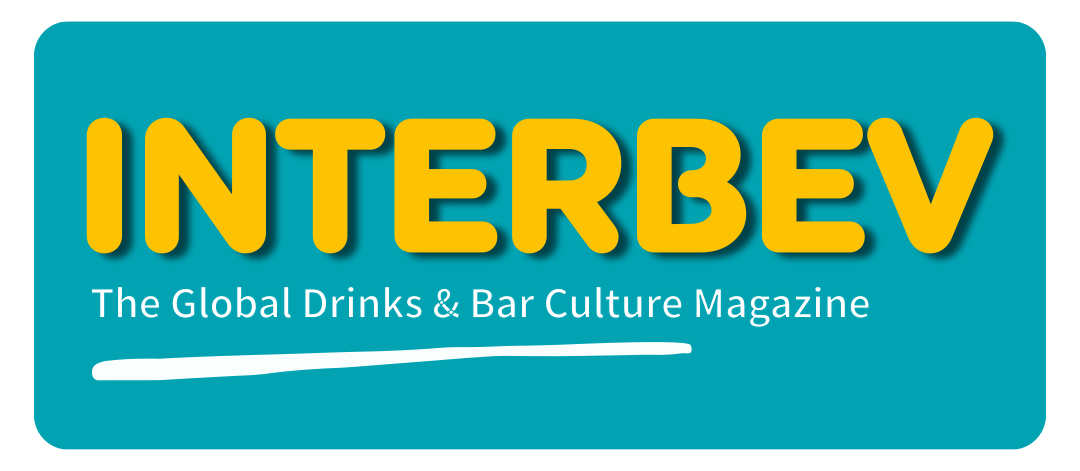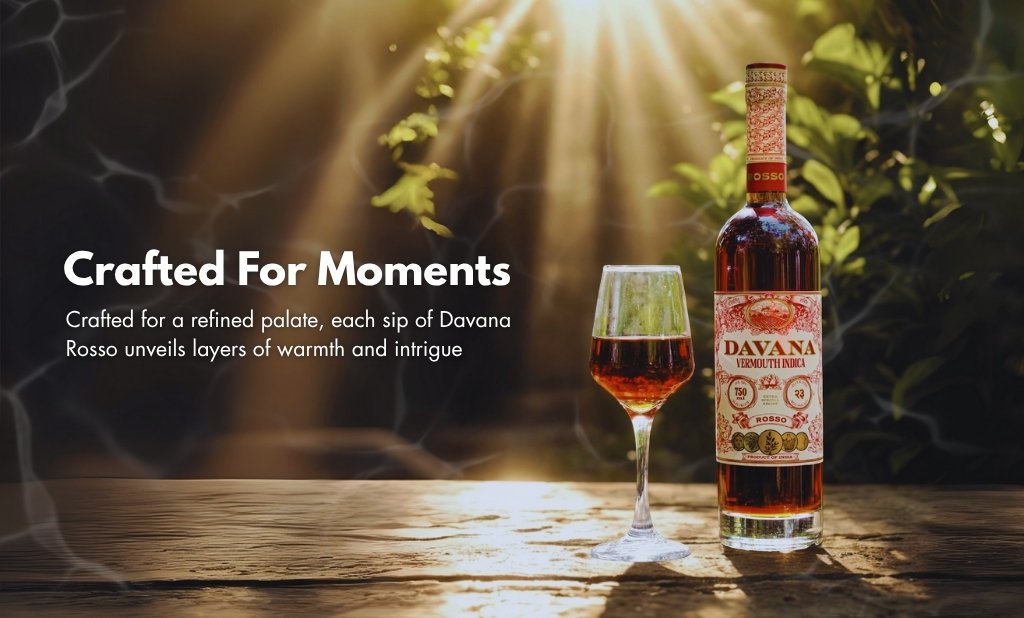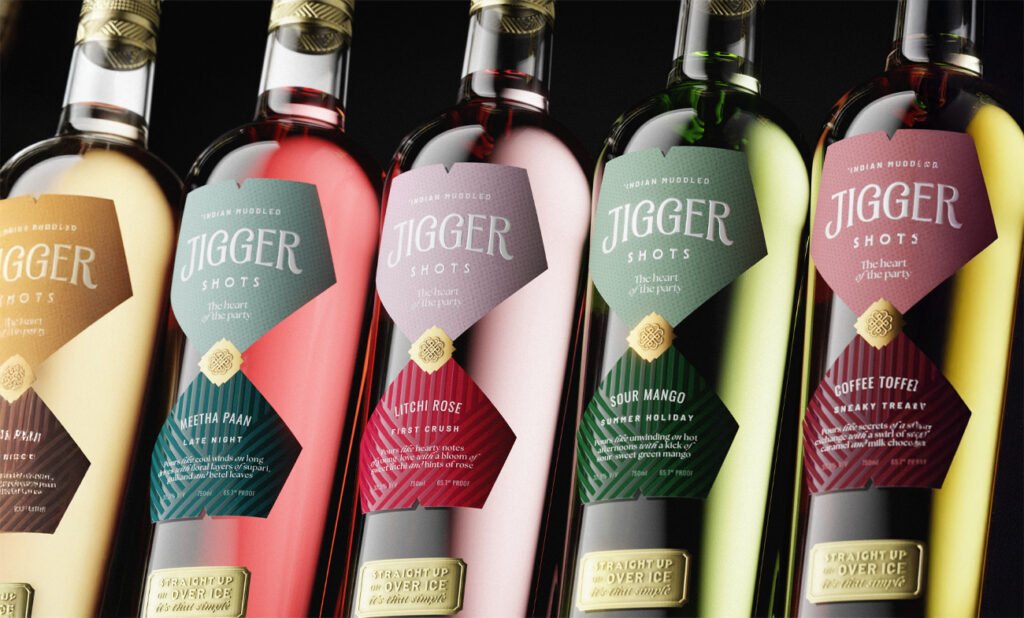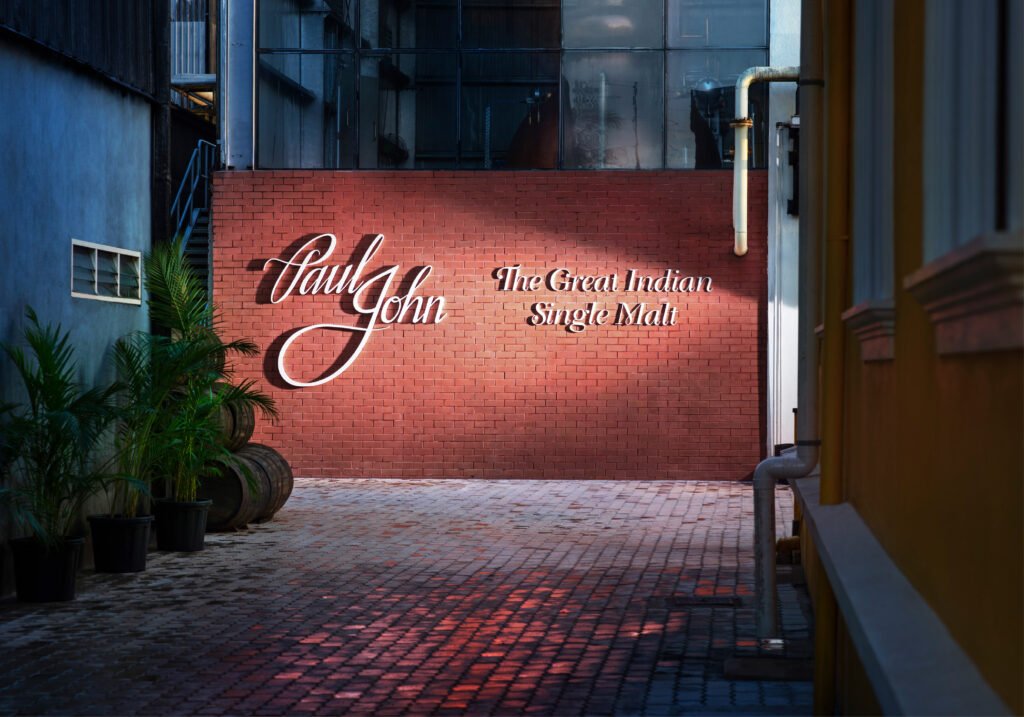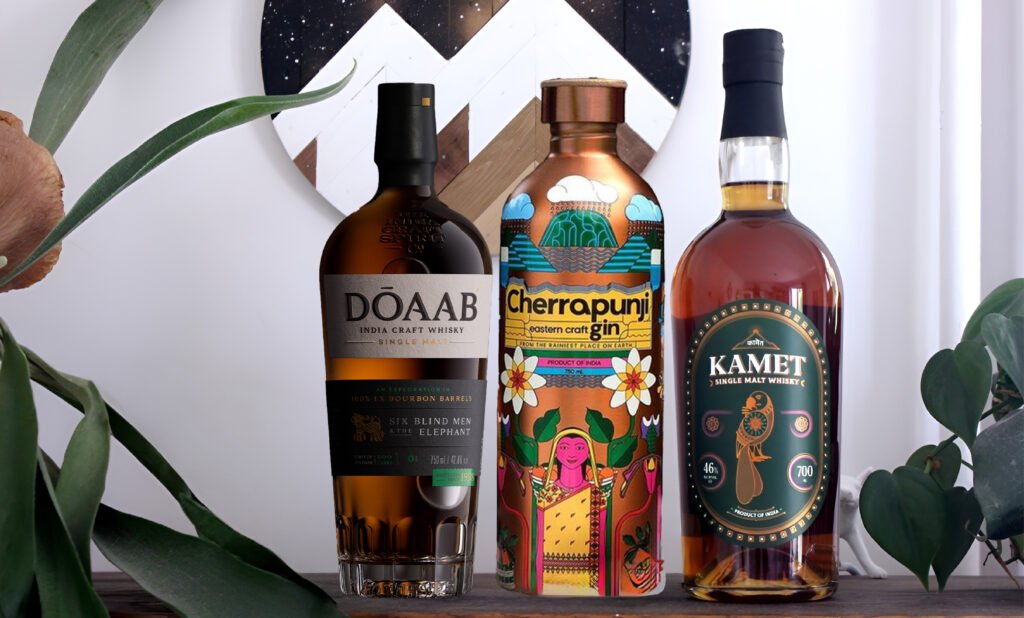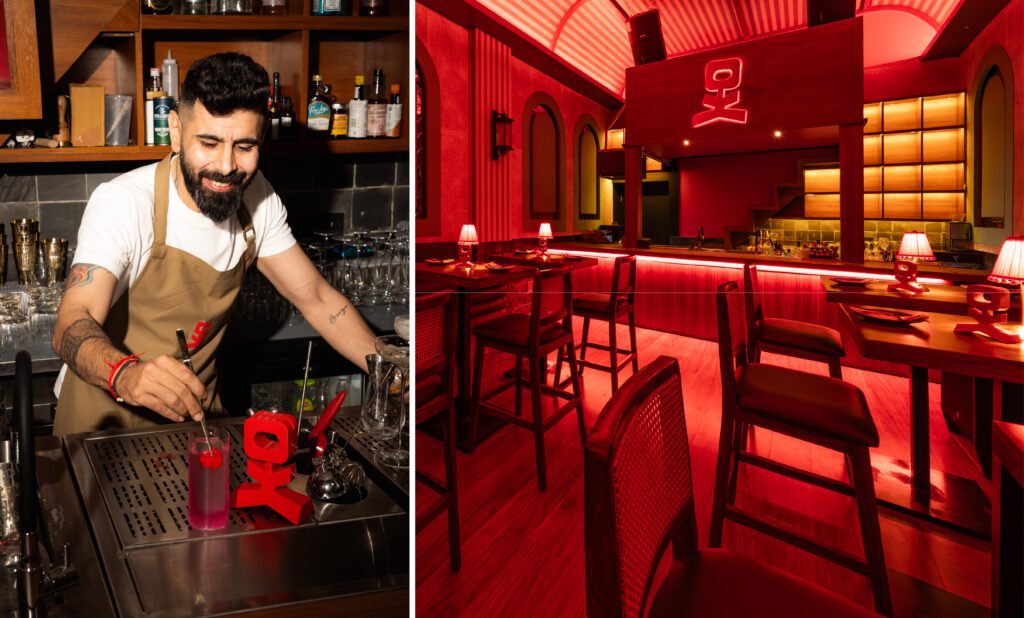When Adarsh Gadvi co-founded Davana Vermouth Indica, he wasn’t just launching a new spirit; he was redefining how India experiences vermouth. With roots in his family-run Naveen Distillery and a deep passion for cocktail culture, Adarsh saw an opportunity to create something distinctly Indian yet globally relevant. From sourcing indigenous botanicals to designing bottles rich with cultural motifs, Davana is India’s first homegrown vermouth; bold, botanical, and rooted in terroir.
Best Beers For Monsoon Pour And Cozy Days
What sparked your interest in vermouth as a category, and what inspired you to launch Davana Vermouth Indica in the first place?
It started while working on contract manufacturing at our family distillery. I noticed that while bartenders and consumers were becoming more adventurous with cocktails, vermouth was still largely an imported and underappreciated spirit in India. The inconsistency of supply and high pricing presented a clear gap; and an opportunity. We aimed to create something that was accessible, of high quality, and rooted in Indian identity. That’s what inspired Davana Vermouth Indica.
Your family has been involved in spirits and wine through Naveen Distillery. How did that legacy shape your approach to building Davana?
Growing up around the distillery gave me an early appreciation for craftsmanship and process. My father built the business with a strong foundation in wine production, which meant we already had deep experience with grape varietals and fermentation. That legacy gave me both the tools and confidence to reimagine what else was possible; to look beyond conventional categories and bring something new to life.
ProWine Mumbai 2025 Mumbai’s Big Pour For The AlcoBev World
You co‑founded Davana with master distiller Evgenii Savvateev. How did you divide roles and responsibilities in recipe development and brand building?
Evgenii’s expertise lies in extraction, distillation, and understanding botanicals in a way few others do. He was instrumental in the R&D phase, especially with getting our botanical blends and infusion methods right. My focus was on anchoring the brand in an Indian context; working on sourcing, wine selection, and eventually packaging and positioning. It’s been a very collaborative process with complementary strengths!
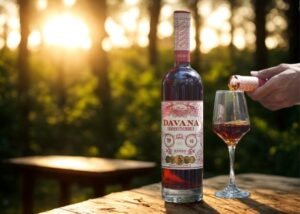
How did you decide which botanicals didn’t make the final cut, and what guided those tough calls during recipe development? Was there a turning point when you knew you’d finally nailed the recipe after so many trials?
There were over 50 recipe trials, and each round taught us something new. Some botanicals were too overpowering or didn’t integrate well with the wine base. We relied on feedback from bartenders and our own sensory evaluations. The turning point came when a batch not only worked in classic cocktails like the Negroni but also stood on its own with soda. That’s when we knew we had struck the right balance.
Davana is deeply rooted in Indian botanicals, especially your namesake ingredient “davana” (Indian wormwood). Can you walk us through how you select and source botanicals across India?
We started by identifying local substitutes for traditionally imported herbs — davana being a perfect example. We found a wild-growing wormwood strain in India that had the right bitter backbone. For other botanicals, we work closely with trusted regional suppliers across the country. Everything we use is grown in India, and each botanical was carefully selected for its ability to integrate well with the wine base and contribute to the layered complexity of the final blend.
How do you balance traditional extraction methods like maceration and distillation to preserve botanical nuances while ensuring batch consistency?
We balance maceration, distillation, blending, and resting to preserve each botanical’s character while ensuring consistency across every batch.
Your bottle design features lotus, peacocks, tigers, and embossed Devanagari script. What’s the strategic role of packaging in conveying Davana’s Indian heritage and premium positioning?
Design is one of our strongest storytelling tools. We wanted the bottle to reflect our Indian identity while also standing out on the backbar. The illustrations reference the botanical diversity and cultural richness of the country. The Devanagari logo, the cork closure; all of it is meant to signal that this is a homegrown, artisanal product with pride of place. Even the name Indica reinforces our identity. It pays homage to the Indian origin of our ingredients, and our belief that vermouth can have a distinctively local expression.
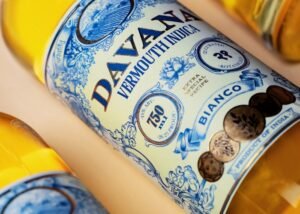
You launched in Goa in late 2024 and then expanded into Bangalore in mid‑2025. What market insights motivated these choices, and how did consumer response differ in each market?
Goa was a strategic choice; it’s full of experimental bars and travellers. It was the perfect testbed. Bangalore, on the other hand, is a more mature cocktail market, with discerning drinkers and world-class bars. In Goa, people embraced vermouth as a spritz or aperitif; in Bangalore, bartenders are keen on pushing the boundaries of what it could be.
As India’s first homegrown vermouth, how are you working to educate consumers and bartenders about vermouth as a sipping aperitif, not just a cocktail mixer?
We’ve hosted tastings where we showcase vermouth in highballs and even paired it with Indian food. Our brand ambassador, Chethan M. V., has been instrumental in developing simple serves, such as the Rosso with jamun syrup or the Bianco with elderflower and apple. The idea is to demystify vermouth and showcase its versatility; not just in cocktails, but also as a low-ABV sipping option.
How did you develop Davana Rosso and Bianco for both classic cocktails and local food pairings, such as paneer tikka or tandoori seafood?
We wanted both variants to reflect the richness of Indian botanicals while being versatile enough for cocktails and food pairings.
Davana Rosso is built on a white wine base and infused with botanicals like wormwood, cinnamon, cloves, and citrus peel. With aromas of davana and red berries like cherry and blackcurrant, it offers a balanced, bittersweet profile with wild berry jam-like fruit and a finish of herbal spice; perfect with grilled or smoky Indian dishes.
Davana Bianco combines traditional botanicals with the exotic, herbal sweetness of davana. With notes of chamomile, vanilla, cinnamon, and citrus peel, it’s floral, gently spiced, and refreshing; ideal alongside seafood or lighter fare.
Both are crafted to suit Indian palates, whether in a cocktail or with a plate of food.
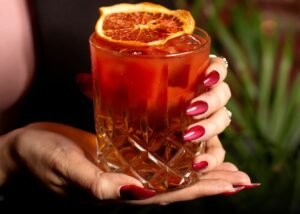
You’ve mentioned plans to expand into Mumbai and other cities. What’s your vision for distribution across India, and is international expansion on the horizon?
After establishing ourselves in Goa, Bangalore, and Mumbai, we’re now working toward a thoughtful pan-India expansion. Each market requires a different approach due to local regulations, but the long-term goal is to establish a national presence. We want to grow slowly and meaningfully.
You’re part of India’s “second‑wave” of craft spirits entrepreneurs. How do you see this new generation reshaping India’s premium drinks landscape, and what role do you hope Davana plays?
This new wave is focused on quality, transparency, and storytelling. Whether it’s gin, bitters, or vermouth, there’s a growing appetite for products that reflect Indian terroir and craftsmanship. We hope Davana plays a role in shifting perceptions; both of vermouth and of what Indian spirits can be. We’re here to raise the bar, literally and figuratively.
Davana is more than just a vermouth; it’s a movement, one that celebrates Indian craftsmanship, flavor, and identity. As the brand slowly expands across India and sets its sights on international shores, Adarsh and his team remain focused on doing things the right way: with care, intention, and a commitment to quality. In a market ready for reinvention, Davana is leading the charge, one pour at a time.
